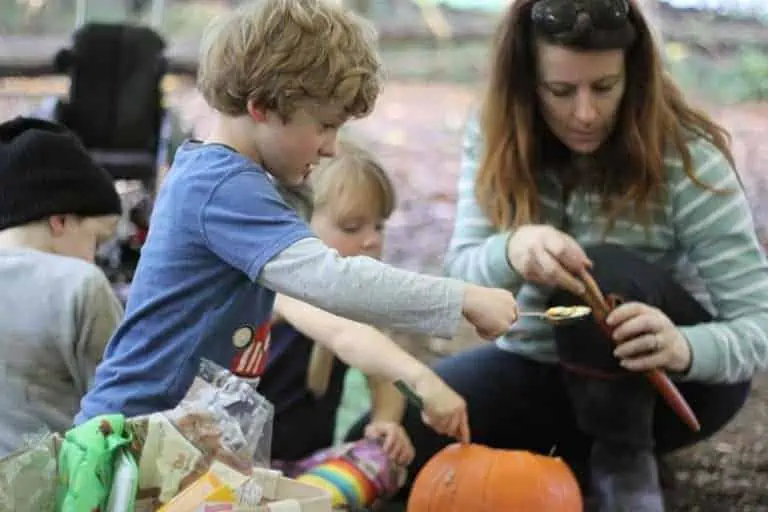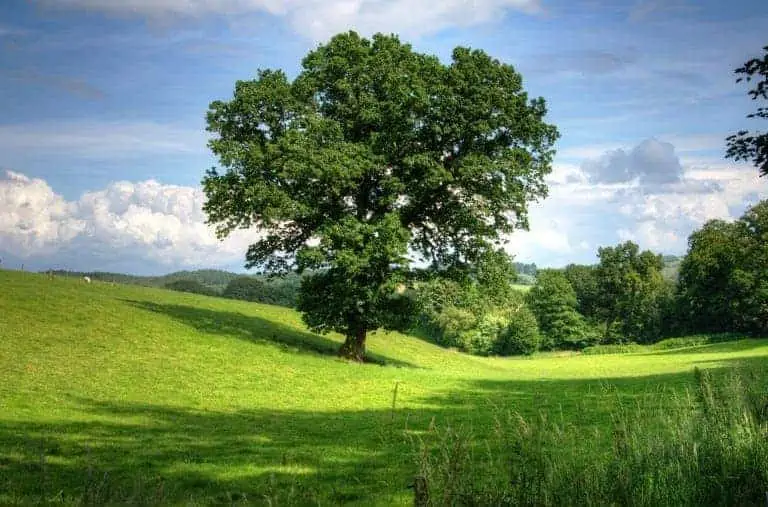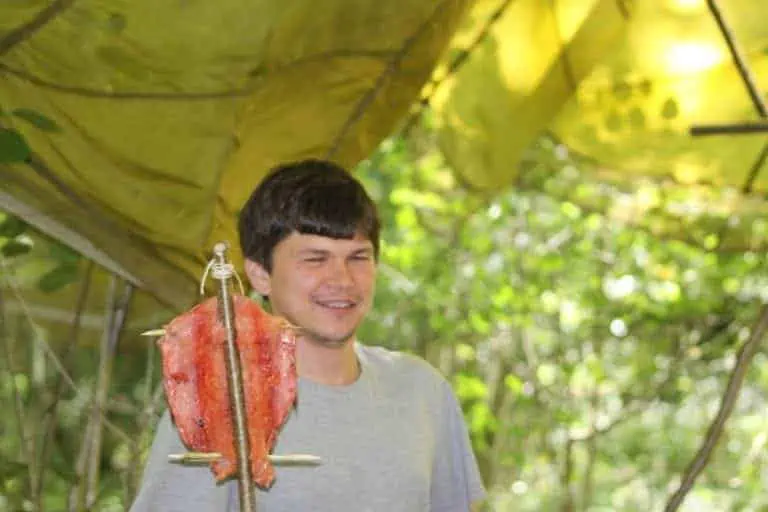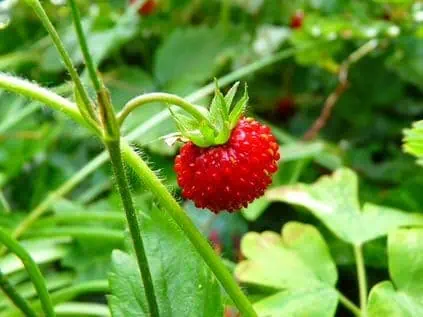Bushcraft in spring
After the harshness of winter, spring provides a welcome change. Nature suddenly burst into life with lots of animal activity and plant growth, so there is no better time to be outside. If your bushcraft kit has been gathering dust over winter, get yourself back out into the woods. Enjoy the start of this new season, by practicing some basic bushcraft skills to get yourself ready for the year. Practice putting up a tent or tarp, see what plants and trees you can identify, test out your axe skills, or do some foraging.
Flowers are in bloom and leaves are spreading. It is the perfect time to explore and gather some of nature’s bounty. Many wild edible spring plants have restorative properties and nutrients, often so welcomed after the sluggishness of winter. We teach about foraging on our Wildway Bushcraft courses and how to gather, prepare and cook the food you find.
If you venture out in early spring time, you may find the pickings to be slim. But as the shoots start to appear, there are some spring greens you can collect. Be warned though, some early spring plants contain toxins. Snowdrops, daffodils and bluebells contain poisonous substances. It is important to make sure you can always positively identify any plant that you are planning to eat. If you are at all unsure, just leave it well alone – it’s not worth the risk.
An important rule of foraging is to only take what you need. The area might be bursting with bounty, but you do not need to take it all. Be careful not to damage the rest of the plant or the surrounding area while you are gathering.
Just a few things you could forage this spring include:
Stinging nettles
These have heart-shaped and jagged leaves. The leaves and stems are covered with stinging hairs. The nettles can be found on waste ground and in woodland and are tasty and very nutritious. Using gloves, pick the top four to six leaves of the young plant up to around June. Cook them in boiling water, drain and squeeze well before chopping. They can be used similar to spinach in curries and stews. Try them in omelettes, risotto, pies and even on pizza.
Primoses
A pretty flower that can be used as an attractive garnish for salad. The flowers can be used raw, with the leaves fried in oil until crisp.
Dandelions
These can be found pretty much everywhere. Wear gloves to avoid getting stained hands, as they contain a milky sap when they are cut. Dandelion leaves are quite bitter, and taste rather like chicory. Very young, spring leaves are less bitter. They can be used like salad leaves or spinach. You can even make tasty fritters with the flower buds, you just need to coat them in a light batter before frying.
Before you prepare and cook anything you forage, make sure you check for bugs that may be hiding in plants and flowers.
You can find out more about all things bushcraft by joining us on our bushcraft courses. We hope to see you out in the woods very soon.







